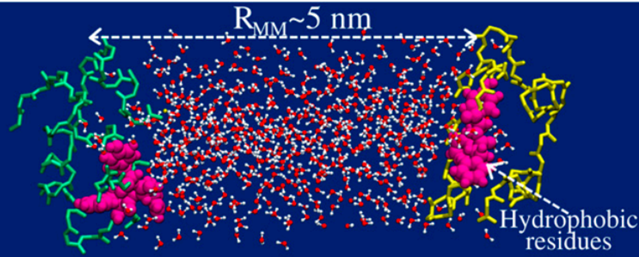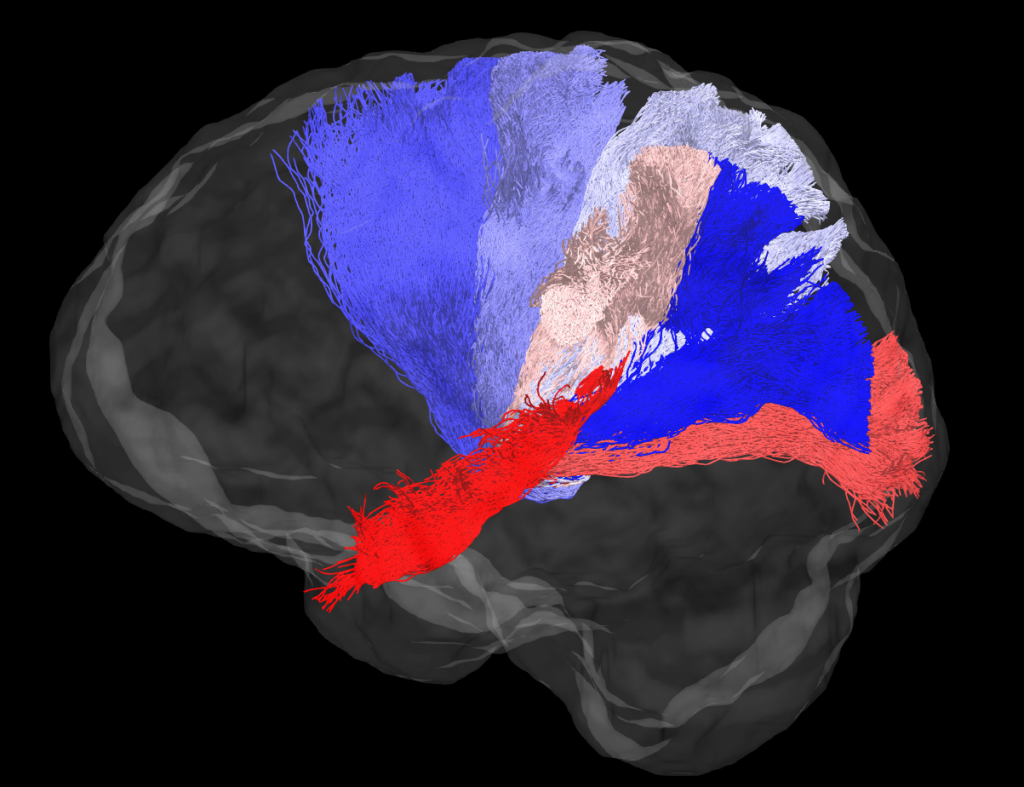The tiny molecule that wears many hats inside our body

A memory brings a smile as I gulp down water to quench my thirst. School, science class, and tiny desks. Our teacher was explaining to us that “water is colourless, odourless, and tasteless.” “But miss, I can taste water!” one of my classmates piped up, as our little minds took in this information.
One of the first liquids we are taught about at school, water, is dubbed as the ‘universal solvent’. Water is, in fact, an outlier among liquids in terms of its properties. Made of just two hydrogen atoms and one oxygen molecule, water is not an inert compound, but a most extraordinary substance. It wears multiple hats inside our body because it transports, lubricates, reacts, enables, stabilises, signals, structures, and partitions. Without water, the cells in our body would stop functioning. Martin Chaplin, emeritus professor at the London South Bank University says in his book, Water: The Forgotten Biological Molecule, that we need to think of the living world as an equal partnership between biomolecules and water, where each is required and structured by the other.
“The living world is an equal partnership between biomolecules and water where each is required and structured by the other”
In our body, water interacts with other biomolecules like proteins, lipids (fats) and even DNA – it wedges itself between the helical grooves of our genetic material. Not only do we know that water controls the DNA structure, but we also know that it actively plays a role in protein synthesis. It also sticks to the surface of proteins, forming a shell. Water acts as a ‘proofreader’ to make sure there’s no error in the protein that is synthesised from the DNA skeleton. Even RNA requires a steady supply of water to function at its optimal capacity.
It is extremely difficult to directly observe how water interacts with other molecules inside a human body (for obvious reasons), but this hasn’t deterred two scientists at IISc: one who has pioneered biological water research and one who is interested in detecting water molecules moving through the brain.
And then there were ten
“For a molecule of such small size and low molecular weight, water is quite remarkable. Evolution of life on Earth is, to a great extent, driven by water,” says Biman Bagchi. An Honorary Professor at the Solid State and Structural Chemistry Unit at IISc and a DST-SERB National Science Chair Professor, Bagchi has been researching water’s role in the human body for the past 25 years. He says that he coined the term ‘biological water’ in his 1997 paper where he describes that water near protein surfaces behaves differently from normal water due to the hydrogen bonds between the water and protein. While his terminology received some criticism initially, he says that it was eventually accepted and now, ‘biological water’ is used frequently in medical literature and in biology. Bagchi and his team have focussed on studying how water interacts with proteins.
For instance, insulin, an enzyme that is produced in the pancreas, is usually stored as an inactive hexamer (six protein chains bound together). Secreted by the pancreas, insulin separates into dimers, containing two protein chains, and when the need arises, these dimers split to form monomers. This splitting is important as our cells respond only to the monomeric form of insulin, and water helps to do this by moving in between the two protein chains to break the dimer.

(Banerjee, P., & Bagchi, B., 2020). Dynamical control by water at a molecular level in protein dimer association and dissociation. Proceedings of the National Academy of Sciences, 117(5), 2302-2308. PNAS is not responsible for the accuracy of this translation)
Another role played by water is in stabilising the insulin hexamer itself. The six protein chains are held together by 10 water molecules. “It’s amazing … like the novel Ten Little Indians,” Bagchi says, referring to the famous mystery-thriller novel by Agatha Christie. Remove these 10 molecules from the picture and the insulin hexamer breaks down to clumps, he adds. This shows that water is integral to the structure of insulin.
Water also helps to break the hydrogen bonds in myoglobin – haemoglobin’s distant cousin that supplies oxygen to muscle cells – thereby, helping the protein unfold. “This is what I call the functional role of water,” says Bagchi, adding that more emphasis should be played on these aspects, and that scientists have only recently begun to understand these complex roles of water in biology.
Tracing water in our brains
Water is also helping scientists study the extremely complex structure that is our brain. Sridharan Devarajan, Associate Professor at the Centre for Neuroscience, IISc, studies computational brain models to figure out what goes on in our brains when we are attentive and when we make decisions. One of the techniques Sridharan uses is dMRI (Diffusion Magnetic Resonance Imaging), which detects the movement of water molecules along particular directions by applying a magnetic field. “The equipment exploits the resonance of protons in the brain,” he explains. This allows scientists to track the movement of water molecules to which these protons belong.
The brain is made up of nerve cells – long thread-like structures that can clump together to form nerve fibres. Each nerve cell has a tail-like filament called the axon that is covered by a fatty sheath called myelin. His group tracks the diffusion of water through these axons in the brain. “Water is among the most abundant molecules in the brain, and is therefore easy to track,” Sridharan says. Just like electricity travels only inside a wire along its length and not outside, as the wire is insulated, water moves only along the length of the fibre bundles and not as much across, because of the fatty sheath covering the fibres.

(Image courtesy: Varsha Sreenivasan and Sridharan Devarajan)
Advanced algorithms can track this movement along the bundles and permit the mapping of neural connections between different areas of the brain. This is similar to tracking which direction cars move in, and using that information to map the roads in a city. With this approach, Sridharan hopes to find out how different parts of the brain “talk” to each other.
Such studies are also important for understanding brain dysfunction – how broken connections between different parts underlie neurodegenerative disorders such as Alzheimer’s and Parkinson’s disease. But despite decades of research, there are still many, many mysteries yet to be unravelled. And the clues might very well be hidden in this tiny molecule – the colourless, tasteless and odourless water, which is the elixir of life.




